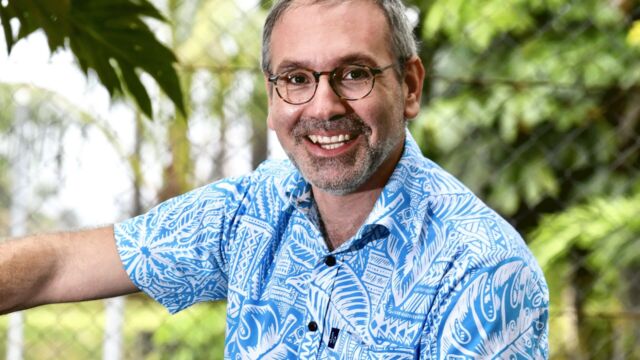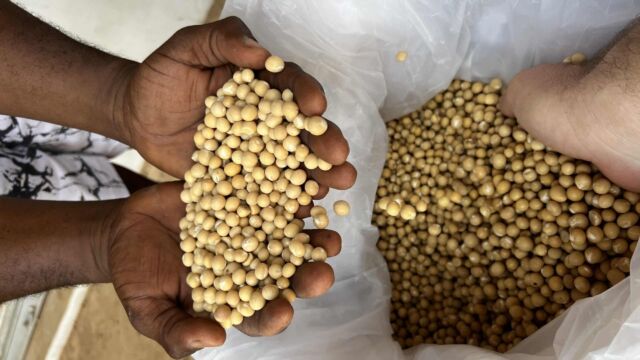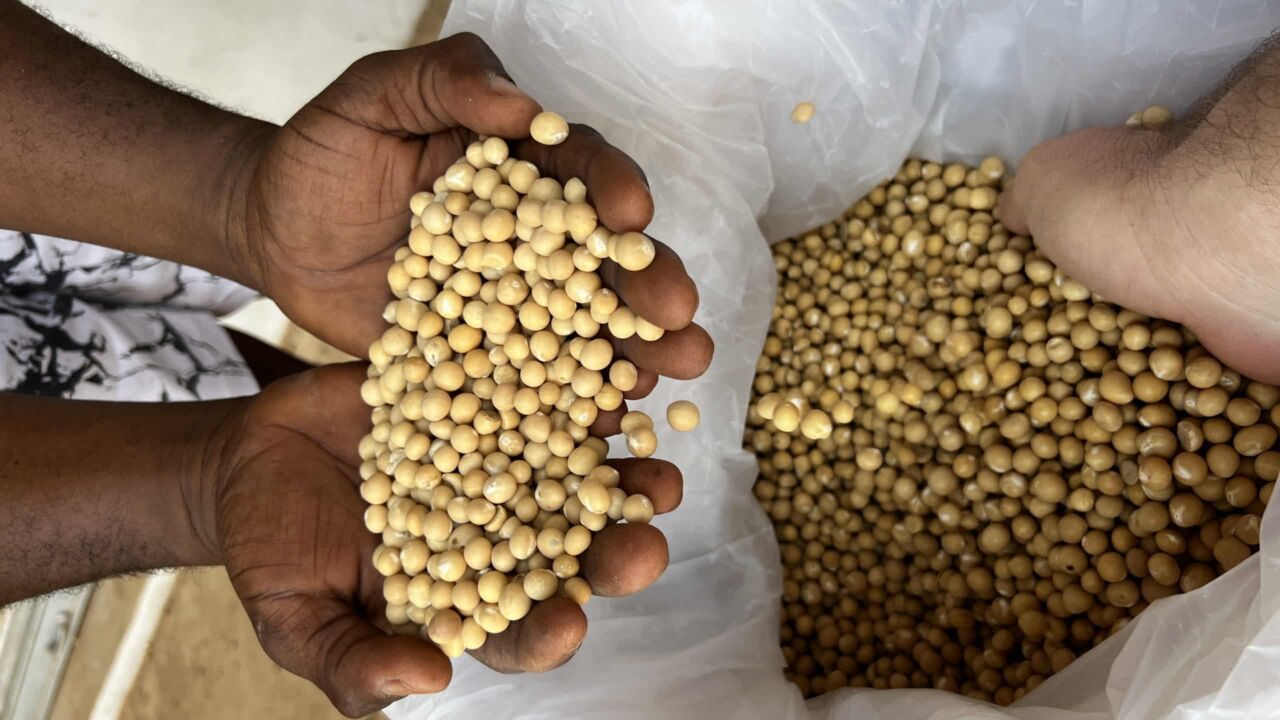
The continued neglect of forgotten crops is worsening global food security
Could exhausted soil, biodiversity loss and malnutrition become problems of the past through the reintroduction of forgotten crops?
Today, four of the 7,000 crops cultivated for human consumption provide more than half of the calories in diets around the world. With a lack of funding, research and with some crops even facing stigmatisation for being ‘food of the poor’, policymakers and academics are calling for forgotten crops to be reintroduced to modern diets in the hopes of solving many of the challenges facing today’s food system.
In this article, we explore the factors that have shaped our reliance on the ‘big four’ and hear from the people who are working to diversify our diets and reintroduce us to the wonder crops that sustained our ancestors.
Cash crops and colonisers
For centuries, thousands of different crop varieties like the kedondong berry, bambara groundnut and winged bean nourished indigenous communities and rarely left the villages they were farmed within. High in nutrients, proteins and amino acids not found in western diets, these wonder crops kept their people, and local economies, healthy and thriving. Today, they are still being grown by smallholder farmers around the world, despite being absent from our plates and forgotten by researchers and development agencies. But how did they ‘disappear’ in the first place?
“The lack of research and interest in forgotten crops is a complex issue that has historical, systemic, and economic roots around market-driven agricultural policies, and a lack of funding for research in certain areas. The global agricultural research agencies have identified few crops to concentrate research efforts on and have favoured the “widely adapted” crops, and those that are easier to transport.” Explains Michel Ghanem, an Agronomist and Co-founder of the Forgotten Crops Society.
An example of a historical contribution to the situation we find ourselves in today can be found in research exploring the Dutch Cultivation System in Java, and the extractive colonial economy that over four decades, saw millions of Javanese reorganising their land to farm cash crops.
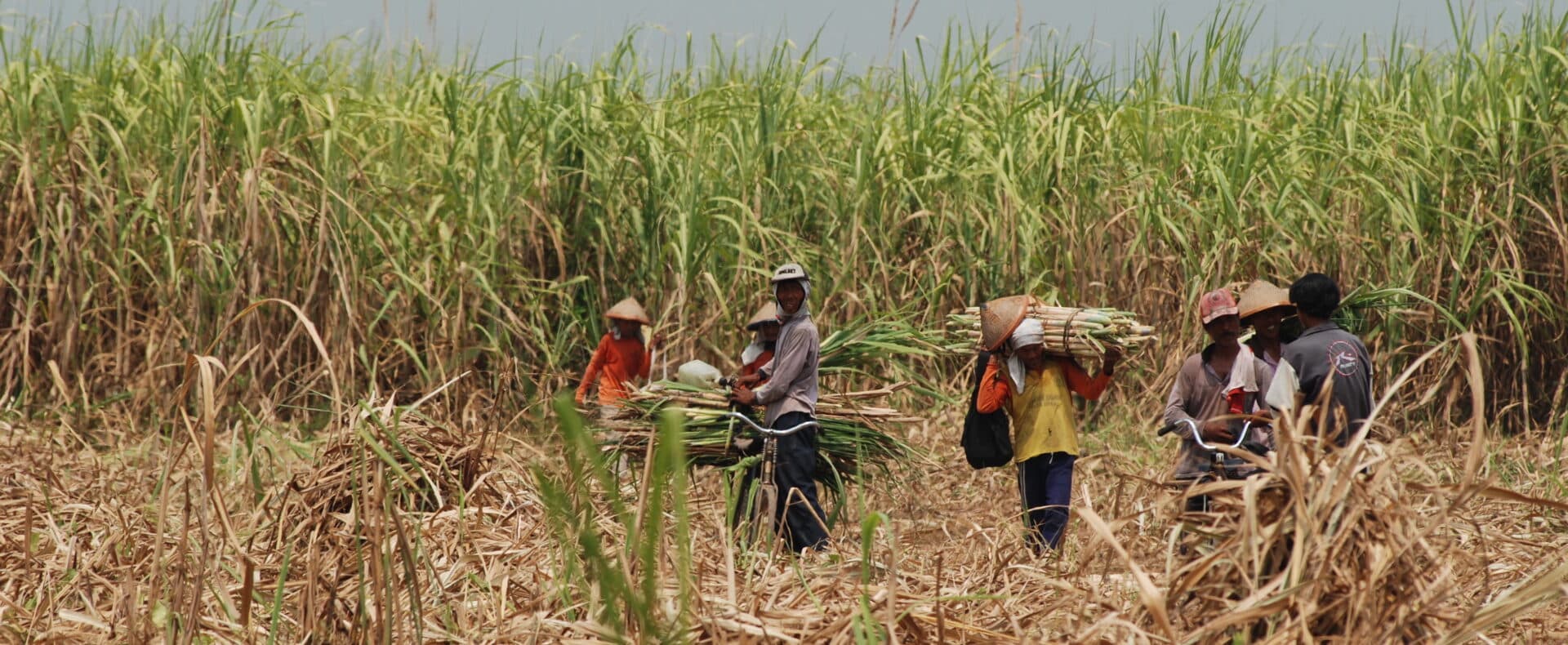
Throughout the 1800s, peasants along Java’s northern coast were forced to cultivate sugar cane by Dutch colonisers for export to Europe. Villagers living within seven kilometres of sugar processing factories were required to reorganise their land to farm, process, and transport cane.
Land that would have been used to grow crops like sorghum[1] (also known as millet, a protein rich cereal crop), cassava and dozens of varieties of native, leafy greens, was instead used to grow cash crops like sugar cane[2], coffee and pepper[3] for export to the Netherlands. This made Java one of the world’s most lucrative colonies at this point in history, and the Cultivation System was responsible for a third of Dutch government revenue[4].
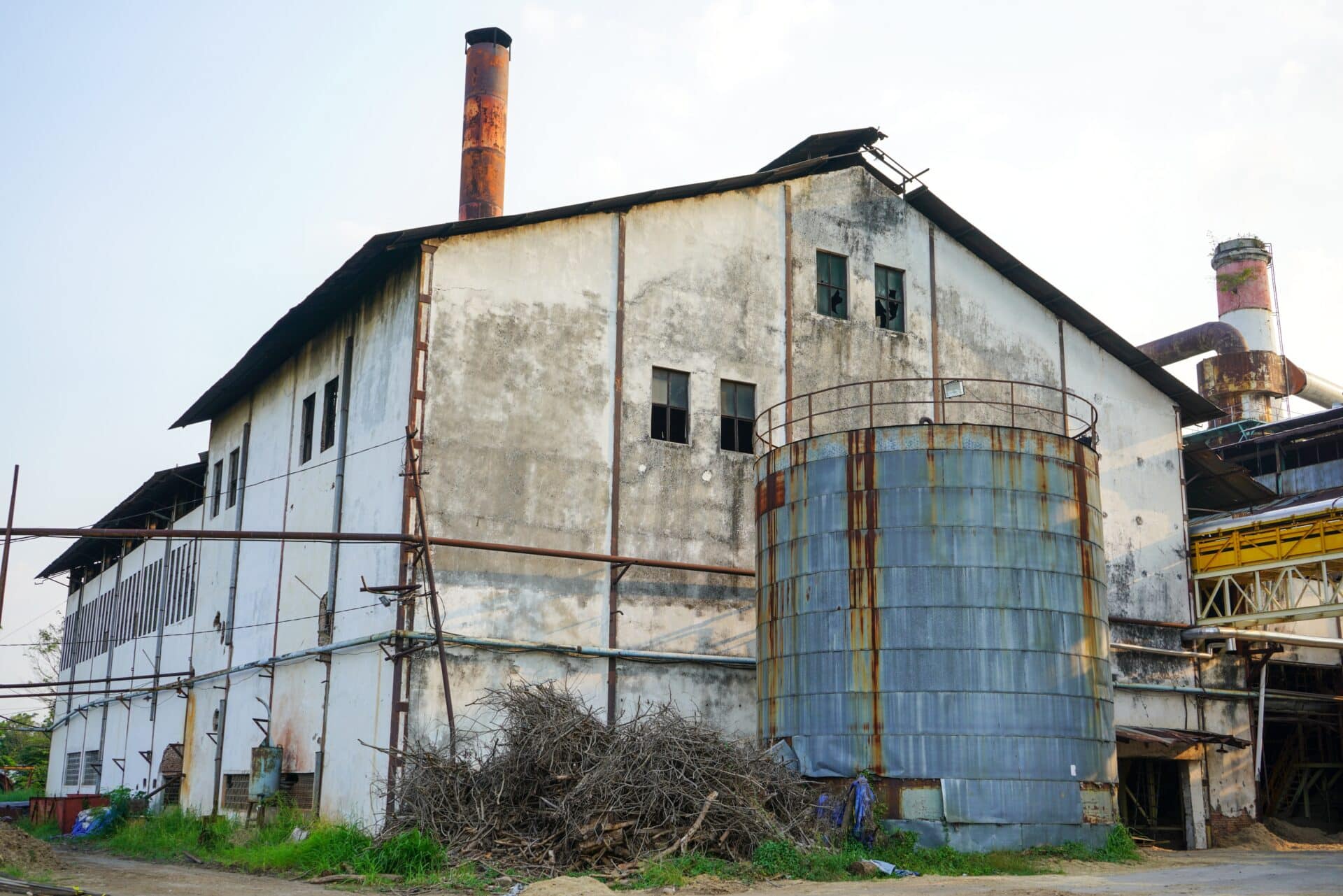
Under colonial rule, indigenous agriculture transitioned from subsistence farming for local populations and nearby regions[5], to the commercial, intensified farming of cash crops. Without an export market, native crops fell to the wayside to make room for more lucrative alternatives, and the effect of this shift is visible today in our homogenous food system that prioritises the big four.
Positive and negative feedback loops
Feedback loops occur when information from the result of an action is used to influence that action. It means that part of a system can be affected by the changes it causes, and this is true for food systems, too. Positive feedback attracts research, investment and infrastructure, which encourages more of the same, and favours major food crops on a global scale[6].
In East Java, non-profits and indigenous food advocacy organisations like Mantasa find that despite an abundance of plants native to Indonesia that are high in protein and packed with incredible nutrients, some people are embarrassed to rely on them as parts of their diets.
The negative perception of some crops as ‘poor man’s food’, despite being nutrient rich, can lead to their neglect, and as land is lost to make way for higher value crops that benefit from positive feedback, the cultural and economic significance of indigenous crops begins to dwindle[7]. It takes a great deal of effort, funding and commitment to educate and reinforce the societal benefit of these crops to the local communities who are missing out on their significant nutritional benefits.
But not everyone sees the value in indigenous crops, and concerns over commercial viability led to members of a local government burning down one of Mantasa’s community gardens in 2020.
“Research and agricultural policies are often influenced by political and economic interests, which may not align with the needs and priorities of local communities. This can result in a lack of funding and attention for research on forgotten crops and traditional farming practices, leading to a cycle of neglect and underdevelopment,” says Michel.
So, what’s the solution? Michel believes that continuing to rely on current global food chains that deliver a narrow range of mainstream crops, susceptible to supply chain shocks and the effects of climate change, is not the answer.
“If we continue on this trajectory, food security will remain threatened. Especially in countries where rapid population growth and changing diets based on processed products from mainstream staples have increased dependence on the international markets for food needs.”
The companies at the heart of reintroducing forgotten crops to our diets
In 2021, the Global Manifesto on Forgotten Foods was launched by the Global Forum on Agricultural Research and Innovation (GFAR), calling for more research, investment and action around forgotten crops, with specific call outs for crops like fonio and Bambara groundnut. “Concerted efforts by academia, the private sector and society are urgently needed to advance research and development for all major, under-researched and forgotten crops until food security is achieved and livelihoods improved,” says Michel.
Companies like WhatIF Foods are putting these calls into practice and taking advantage of the commercial opportunity for businesses who recognise the role of forgotten crops in future food systems. Launching in Singapore in 2020, WhatIf quickly expanded throughout the region and in May 2022, successfully entered the US market, quickly winning over consumers.
WhatIF describes itself as a “A planet-based food company founded on regenerative principles”. It creates milk and noodles from Bambara groundnut (Bamnut), and works with farmers in Tamale, Northern Ghana, to source Bamnut from communities who were once punished for growing the crop in the 1800s by colonial powers because Bamnut had no export market at the time[8].
What these powers failed to grasp, is that Bamnut is actually a wonder crop. A sustainable source of complex carbohydrates, plant-based protein, unsaturated fatty acids, and essential minerals, the legume improves soil health and is resilient to challenging conditions[9]. However, due to a lack of research, social stigma and a lack of policy incentives, it is only at the beginning of its journey as a food of the future.
“Our food system is so focused on a few ingredients that introducing something new is fraught with many challenges. The existing system is protected by those profiting from it, so rules and regulations are so strict that underutilised, forgotten crops like Bamnut face big obstacles to enter the market.” Says Scott Poynton, founder and CEO of the Pond Foundation, a non-profit that works closely with WhatIF on its sustainable sourcing initiatives.
“Consumers in all markets are incredibly educated and excited to try new ingredients. We see that more and more, people are beginning to look closely at food labels and what they put into their bodies. The biggest barriers are actually with the regulators preventing crops from reaching consumers.”
Respecting communities and sourcing the right way
Sourcing Bamnut sustainably is no small feat, but is a cornerstone of how WhatIf do business. Establishing a supply chain with rural farmers who had only ever grown this crop for their own consumption required time, patience and understanding.
“Our approach is anchored on a foundation of respect, which has enabled us to ensure sustainable sourcing practices. Our partner farmers have a lot of knowledge about how to grow Bambara, and in everything we do, we work with them hand in glove. The key has always been to be truthful and respectful; to listen and learn. We see them as partners, not as ‘our farmers;’ people we own or control.”
Michel believes that there is a need to recognise the central role of small-scale farmers and local communities as forgotten crops custodians of knowledge and agents of change, rather than mere recipients of technological advances.
“We need to be humble as scientists – we have a lot to learn from them. If a Western scientist comes in with the “let me teach you what to do” approach, it won’t work. You need humility, respect, and a willingness to listen and learn from their many years of knowledge and experience.”
This is exactly how WhatIF approached their farmer partners in the early stages of setting up shop.
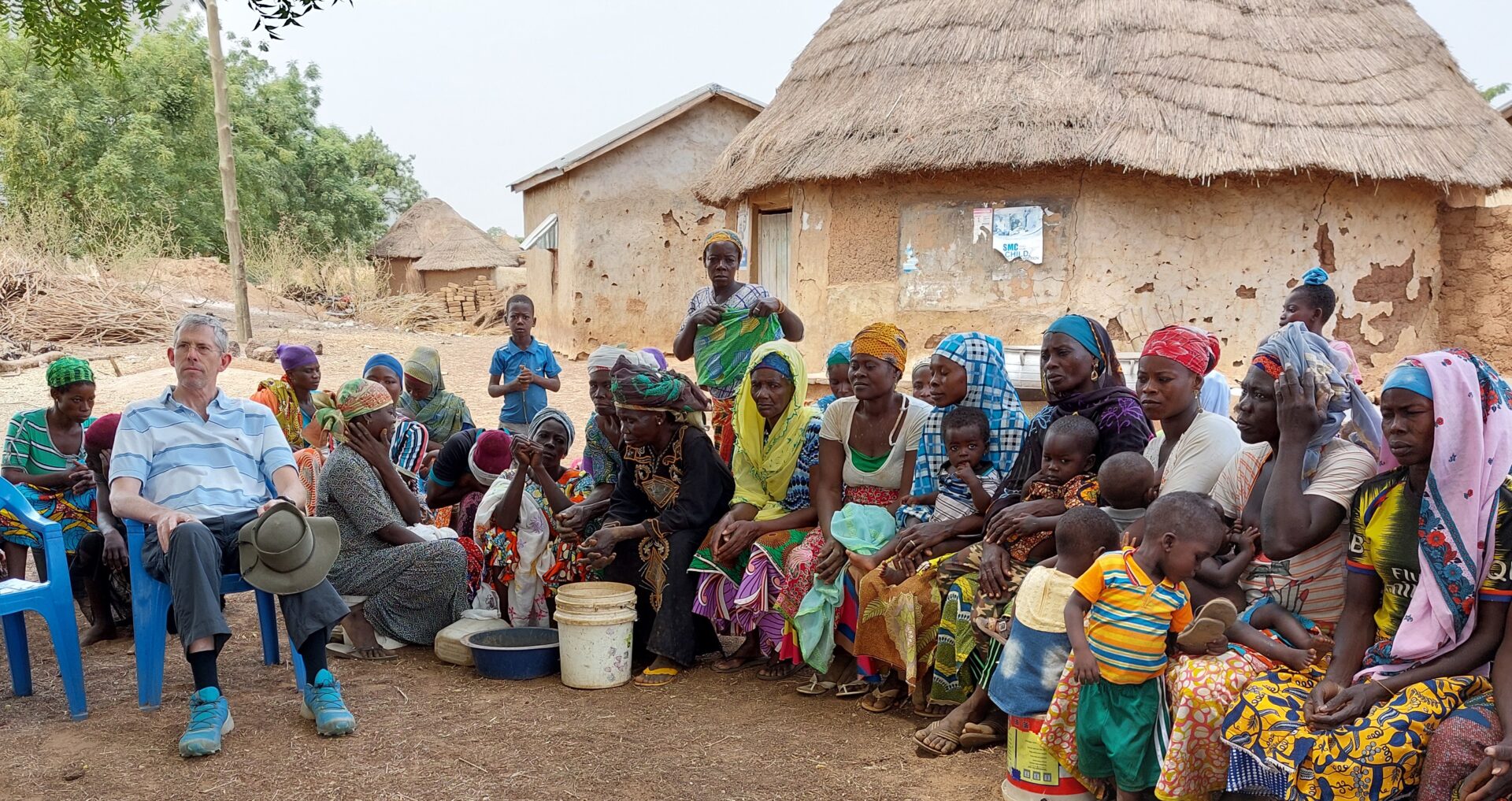
“Before we were allowed to meet with the farmers in the communities where Bamnut is grown, we had to meet the community chief. We sat for many hours, in over 40 degree heat, under meeting trees with the community members – men and women, children, sheep, goats and chickens, as well as very noisy Guinea fowl! We shared our ideas and our vision, and we asked the farmers for their thoughts. Only when there were no more questions did we move on to the next community, and we repeated this process in each of our 25 partner communities.” Says Scott.
With private sector efforts from companies like WhatIF and passionate academics like Michel offering a glimmer of hope, it’s important to remember that the global food security situation remains bleak, worsened by the pandemic and Russia’s invasion of Ukraine that sent food supply chains into turmoil. “The series of global crises we have been going through should encourage us to radically transform our food systems, and work to make them more resilient. Given the increasingly fragile, unhealthy food systems and threats from climate change, time is not on our side.”
Michel’s work in the Forgotten Crops society involves facilitating a network of key players in the food chain to bring forgotten and under-researched crops to the attention of markets and to consumers tables.
WhatIf launched in Taiwan in February 2023, and is currently scoping market entry opportunities in Japan, with traction in several other markets where its product is being used in restaurants and cafes.
For more information on WhatIf, and the Forgotten Crops Society, click the links below. If you’re interested in regenerative agriculture, why not read our article on permaculture and chinampas with Geoff Lawton?
WhatIF Foods
Forgotten Crops Society
References and sources
[1] https://journal.unnes.ac.id/sju/index.php/jih
[2] https://scholar.harvard.edu/files/dell/files/170414draft.pdf
[3] https://link.springer.com/chapter/10.1007/978-94-009-4366-7_7#:~:text=The%20cultivation%20system%20was%20founded,in%20exchange%20for%20crop%20payments.
[4] https://scholar.harvard.edu/files/dell/files/170414draft.pdf
[5] https://cupola.gettysburg.edu/cgi/viewcontent.cgi?article=1901&context=student_scholarship
[6] https://nph.onlinelibrary.wiley.com/doi/full/10.1002/ppp3.10155
[7] https://nph.onlinelibrary.wiley.com/doi/full/10.1002/ppp3.10155
[8] https://www.bbc.com/future/article/20180821-are-forgotten-crops-the-future-of-food
[9] https://www.frontiersin.org/articles/10.3389/fnut.2020.601496/full
The Impact Review Newsletter
Get highlights of the most important news delivered to your email inbox

